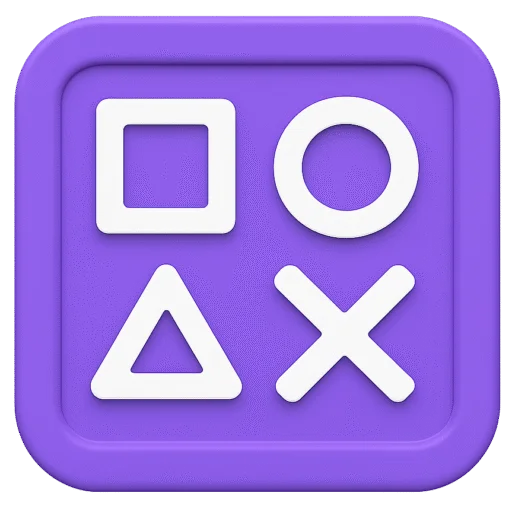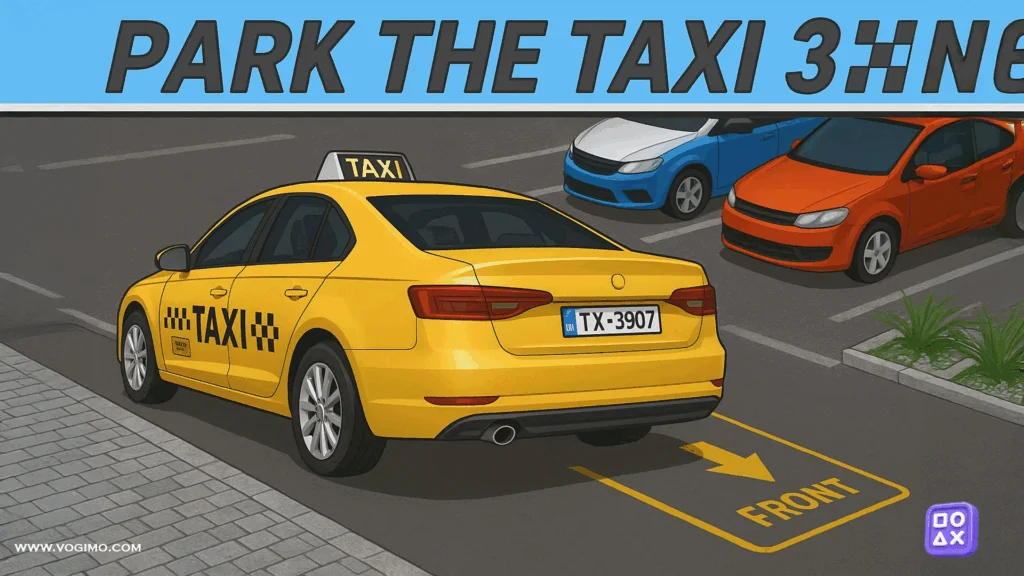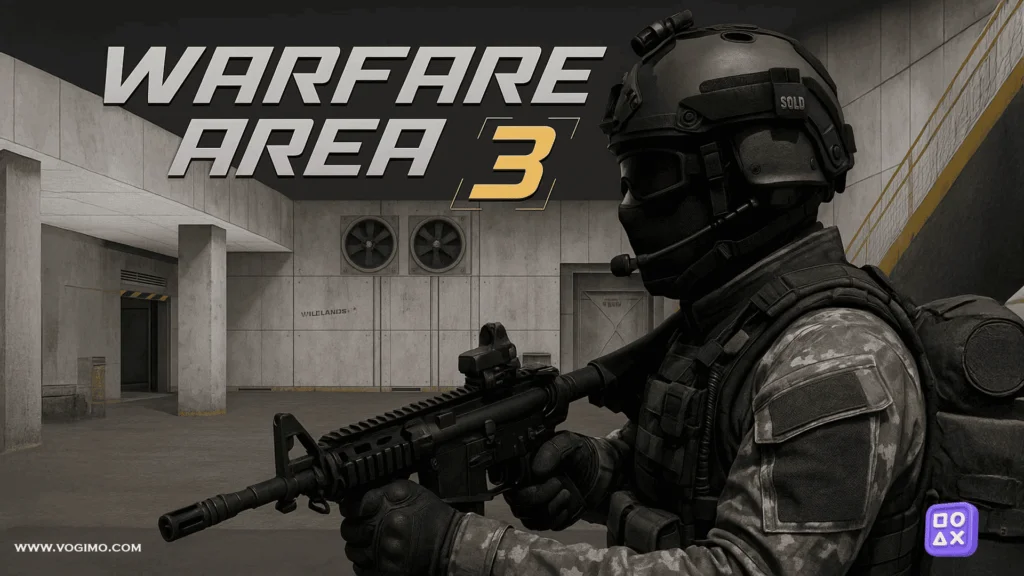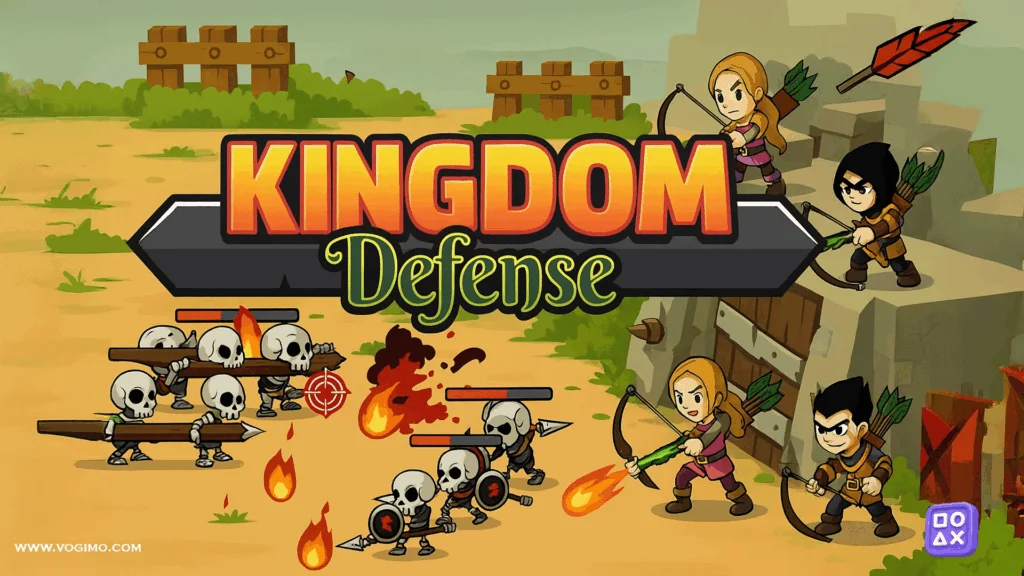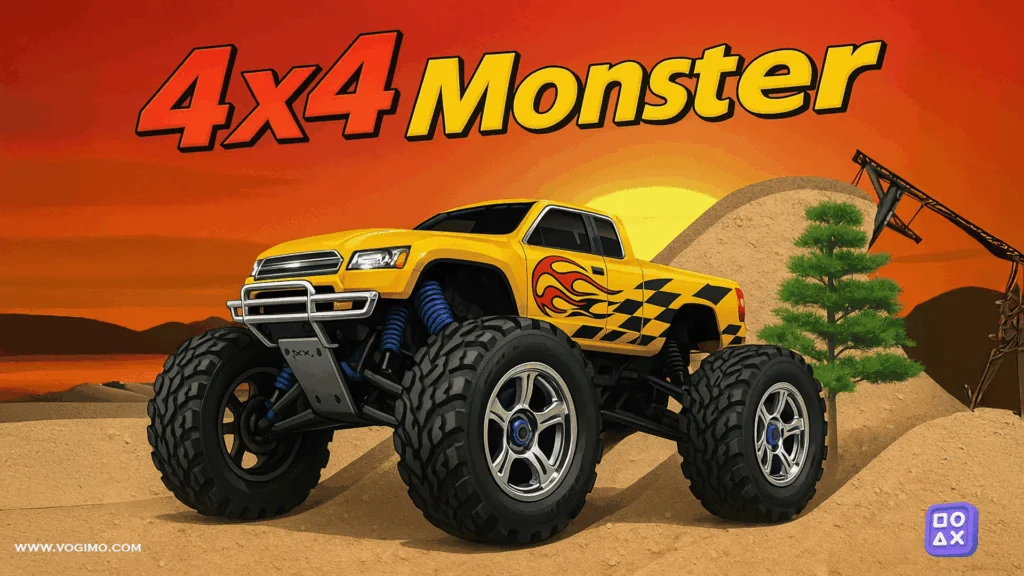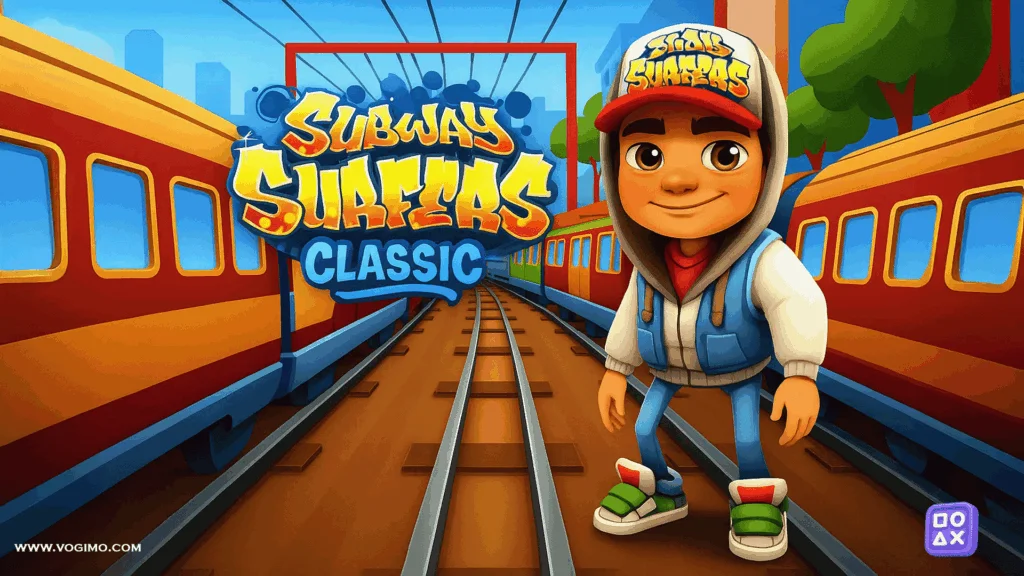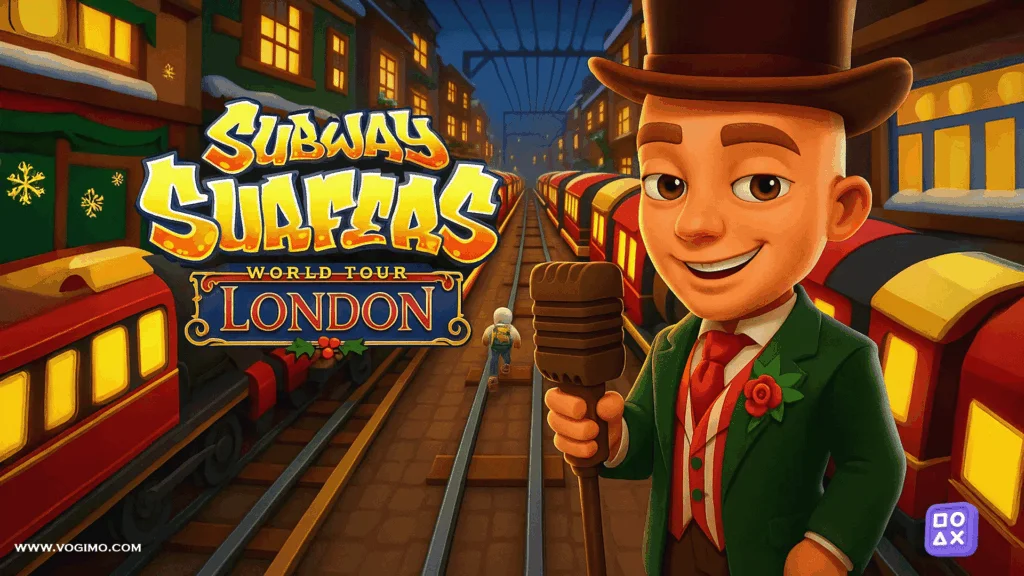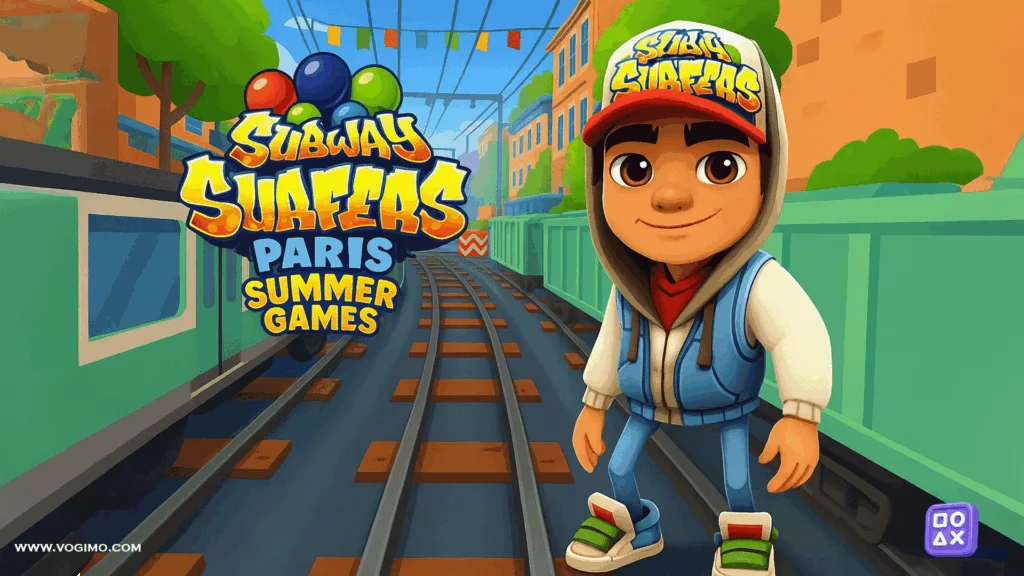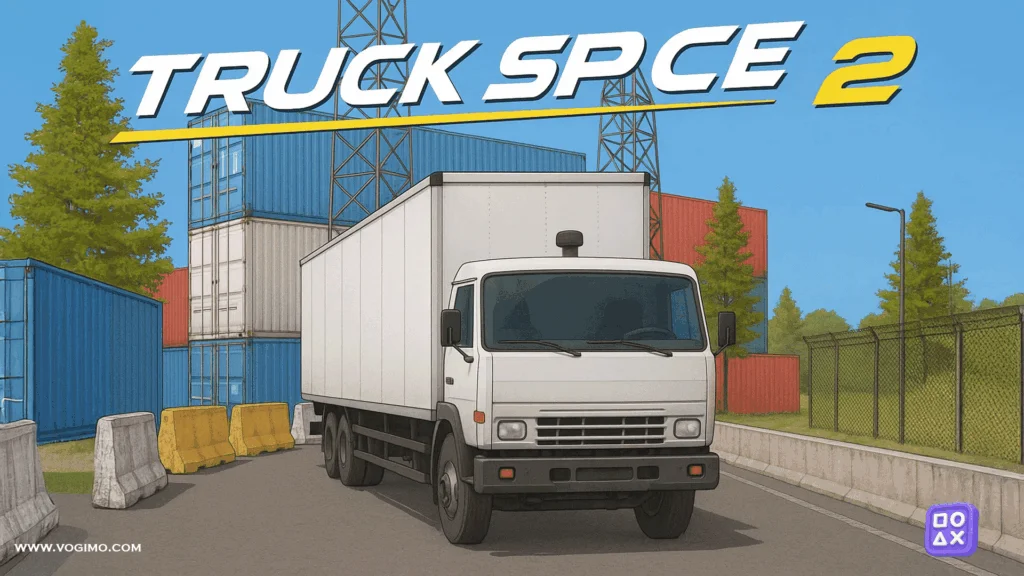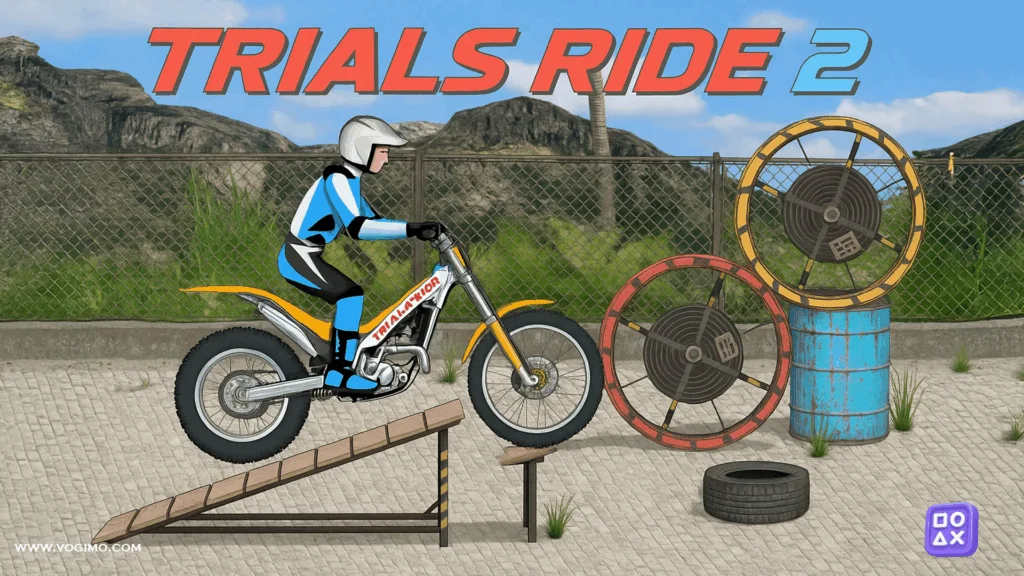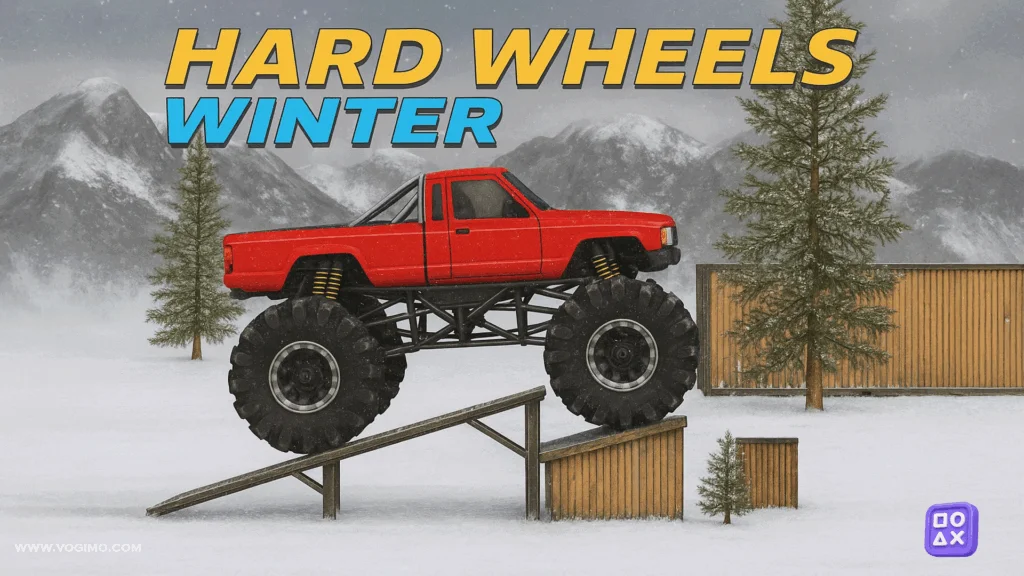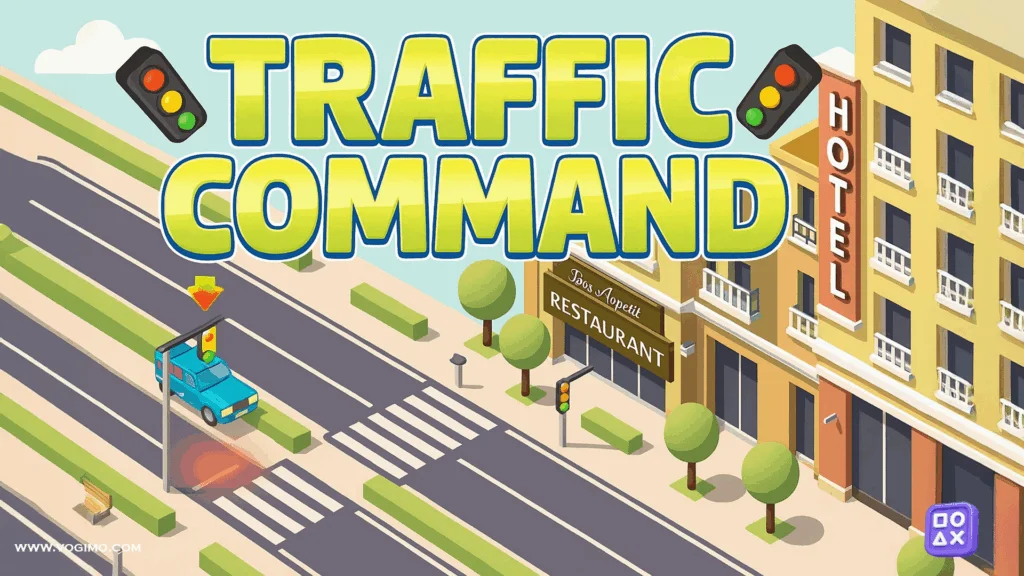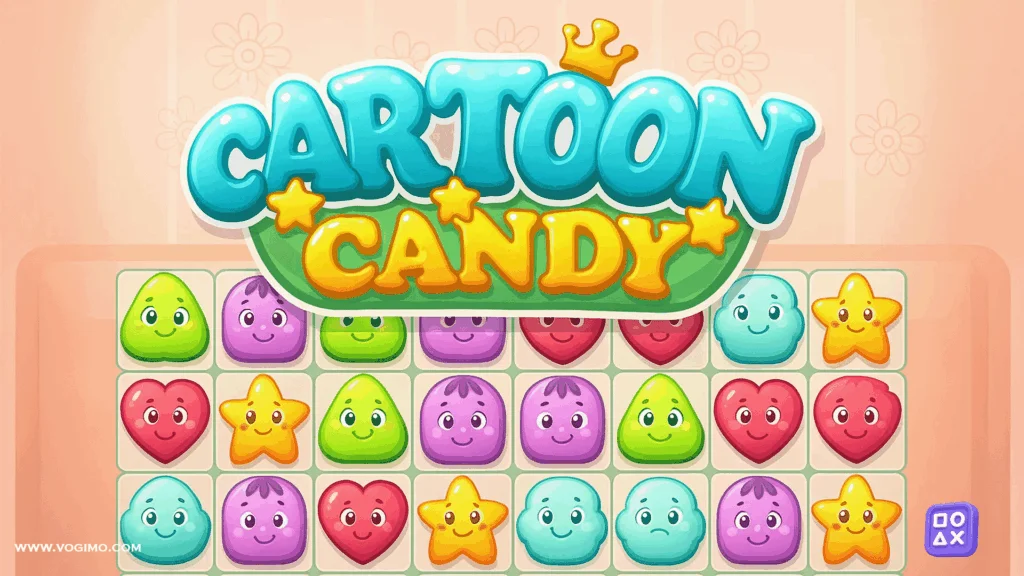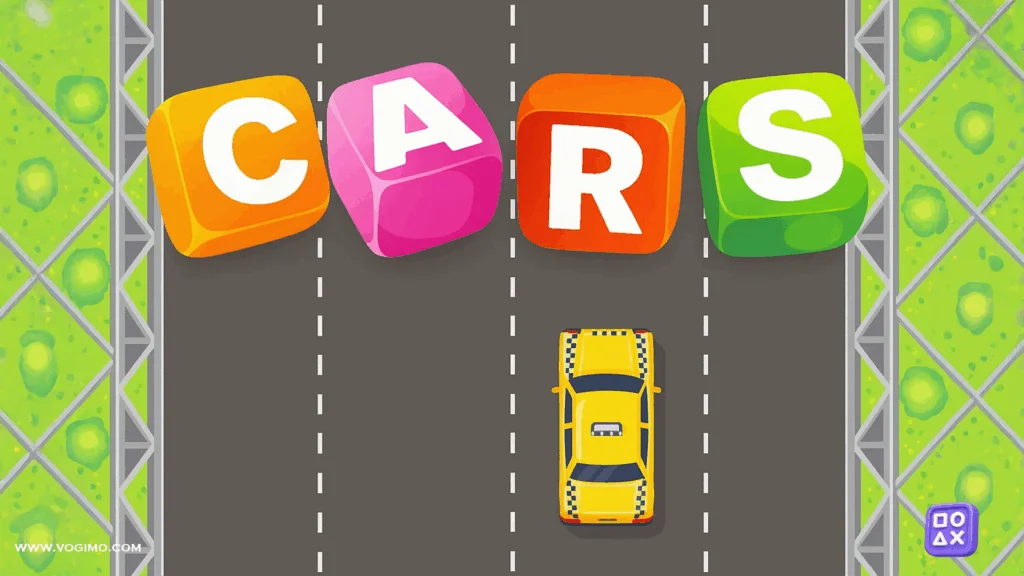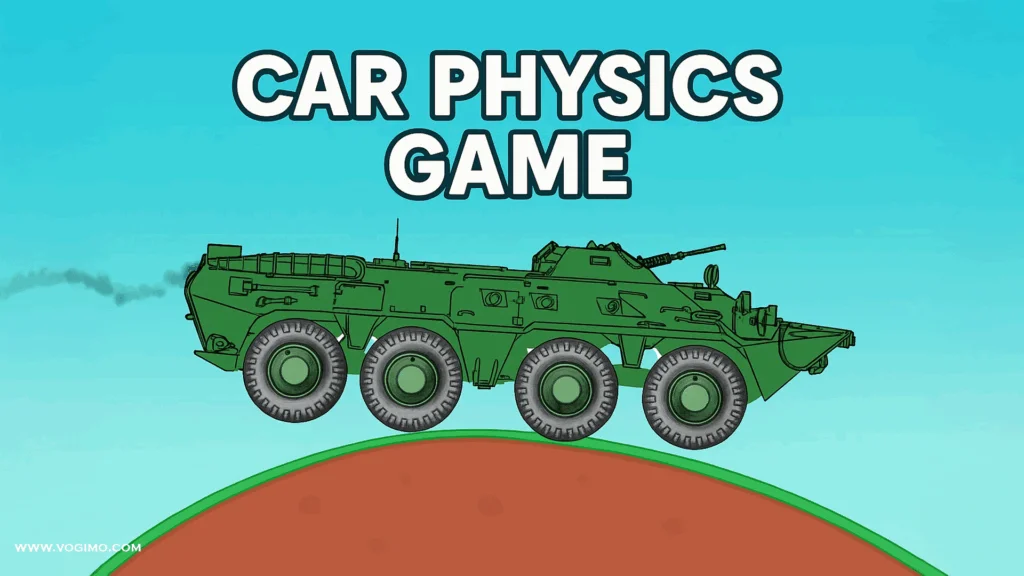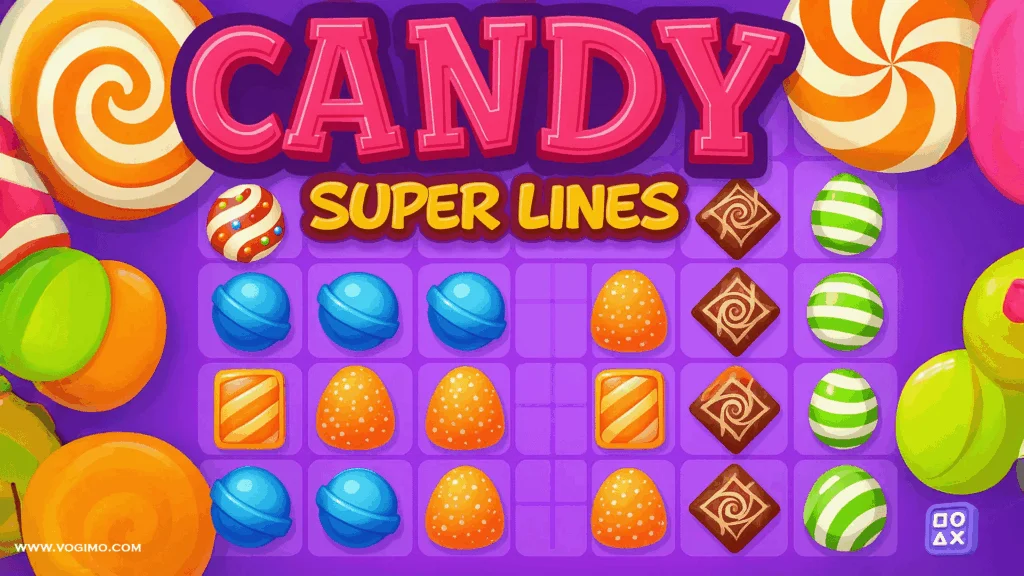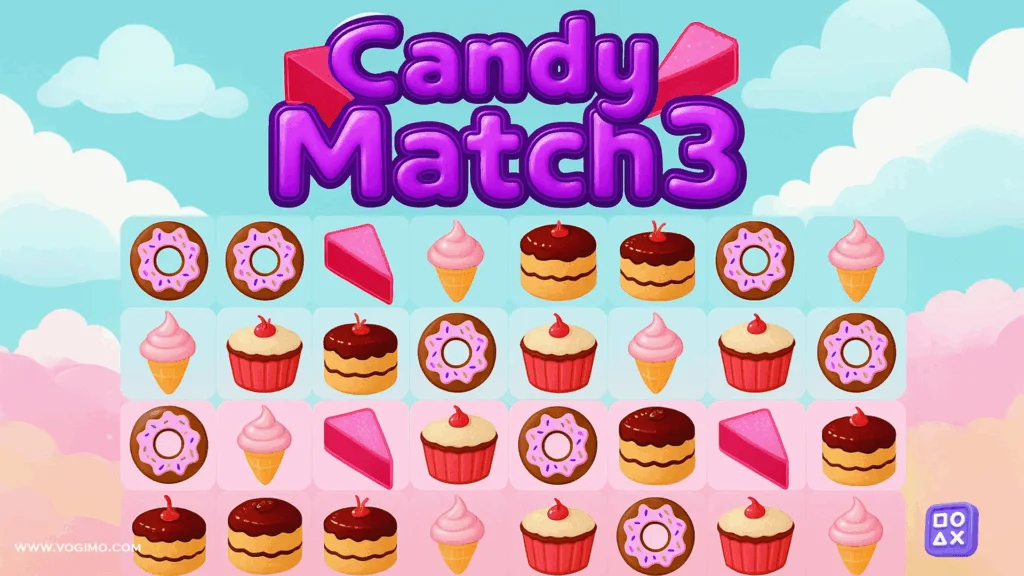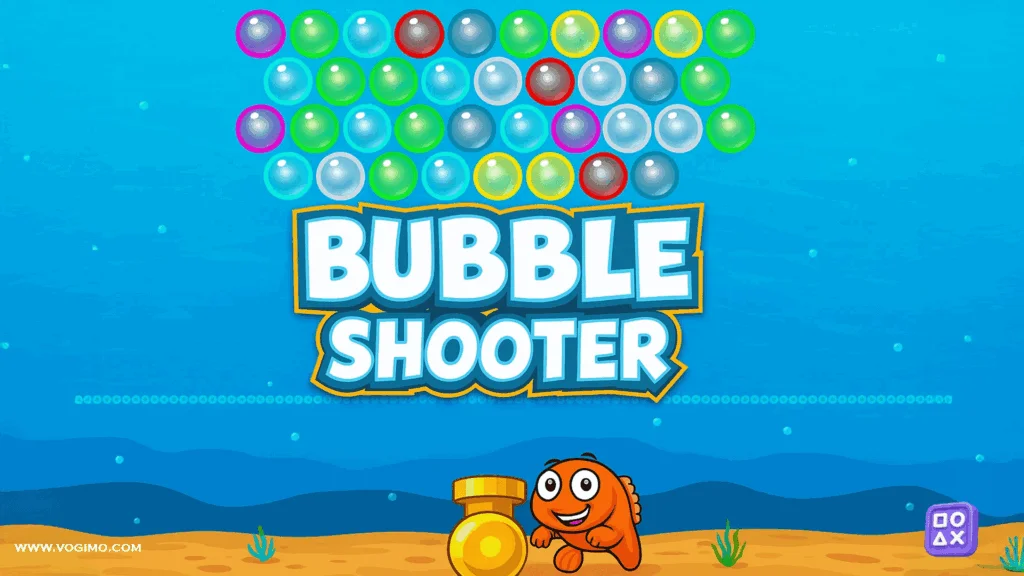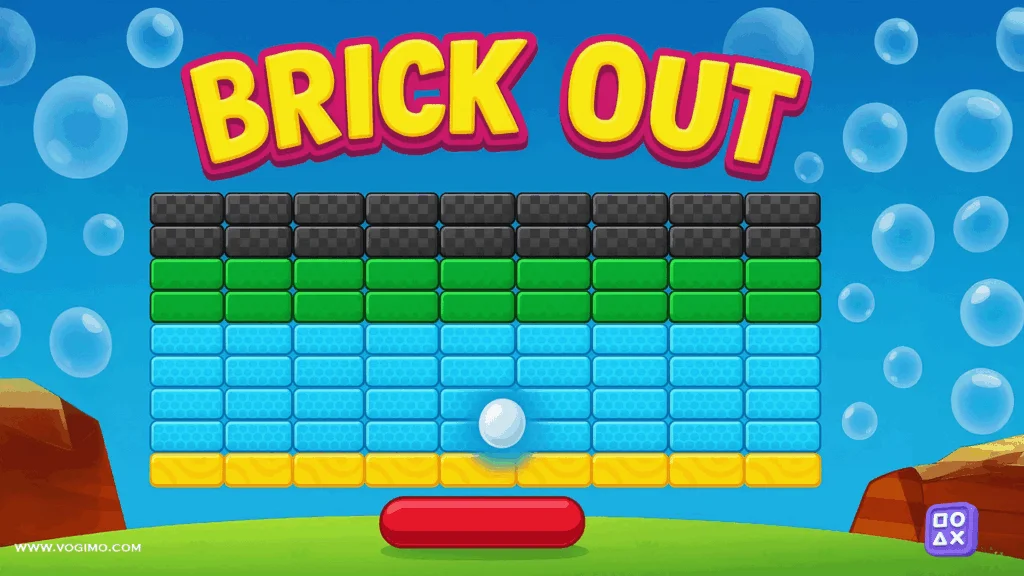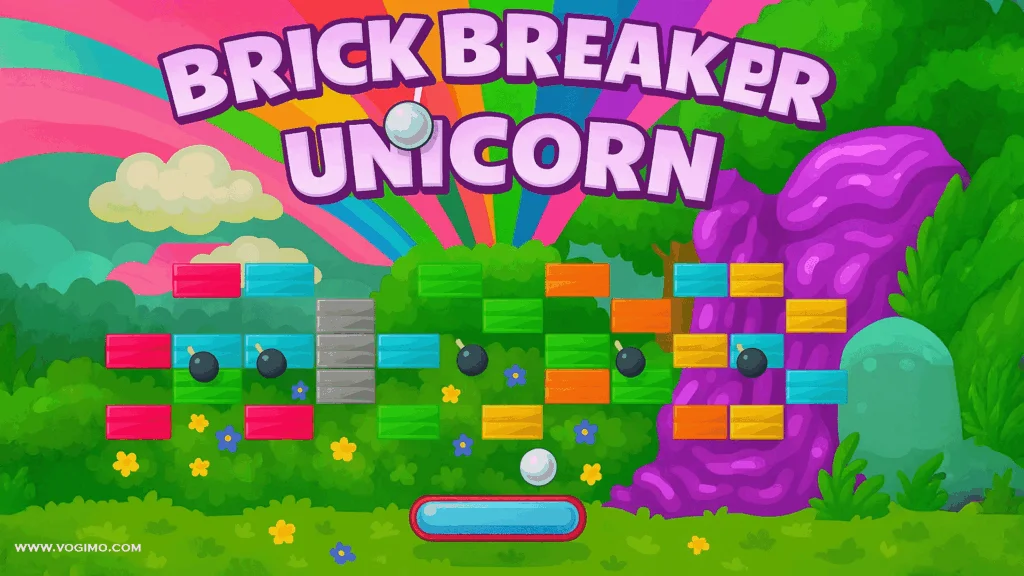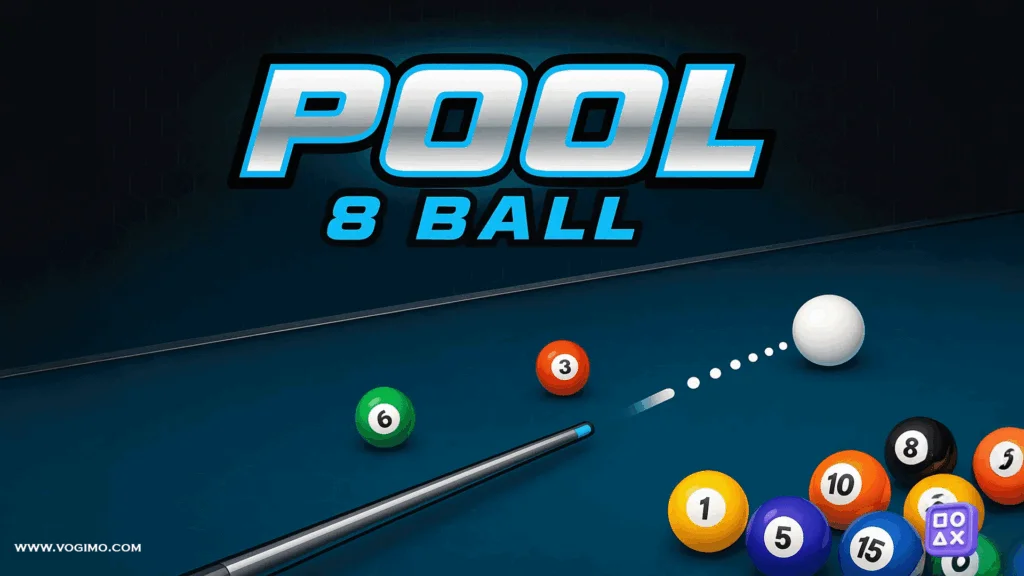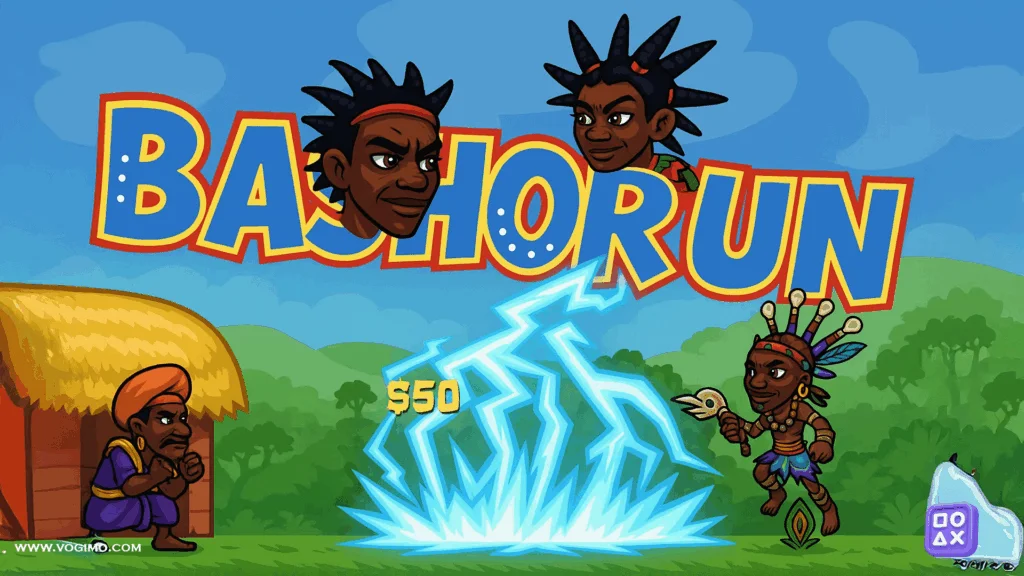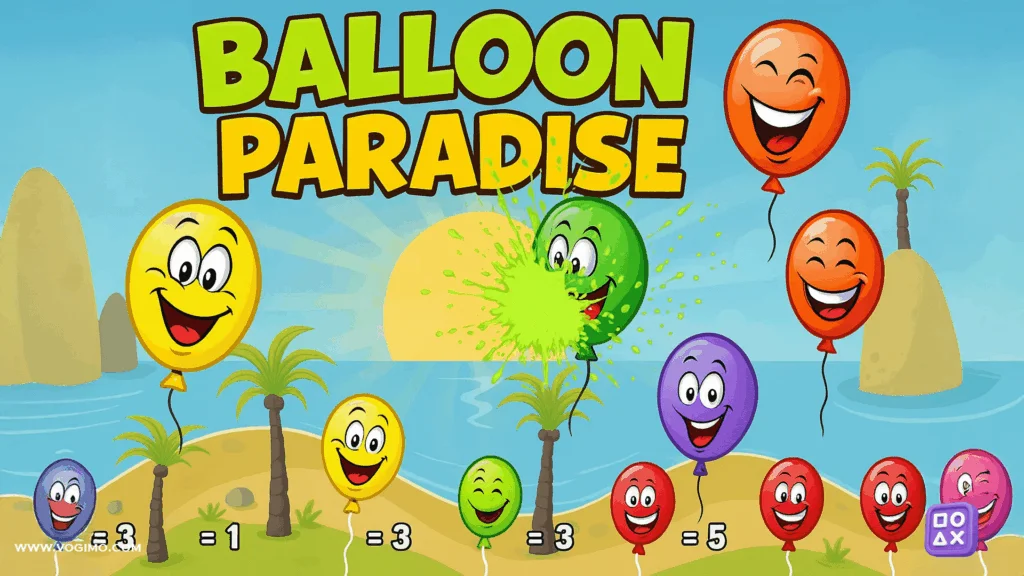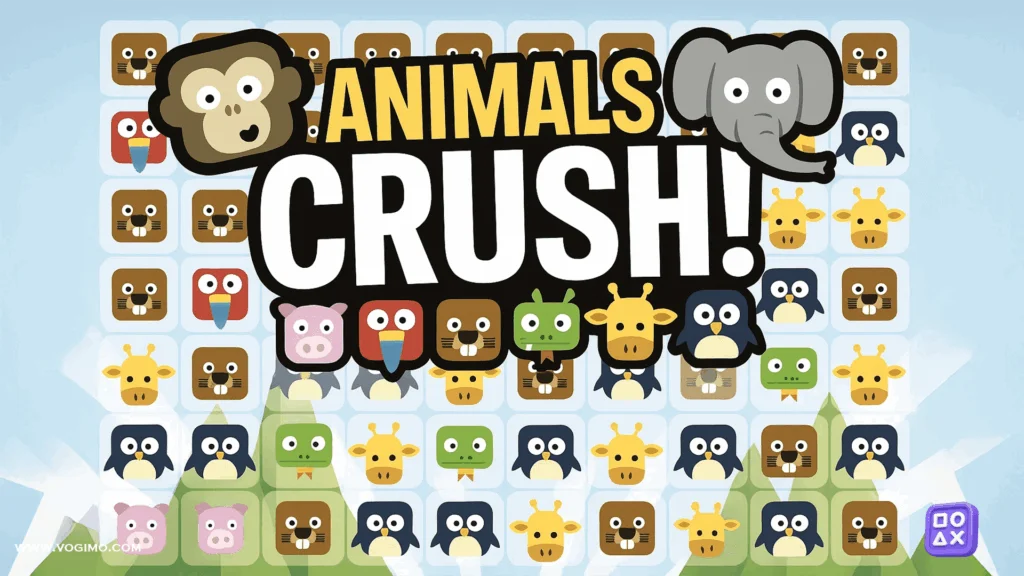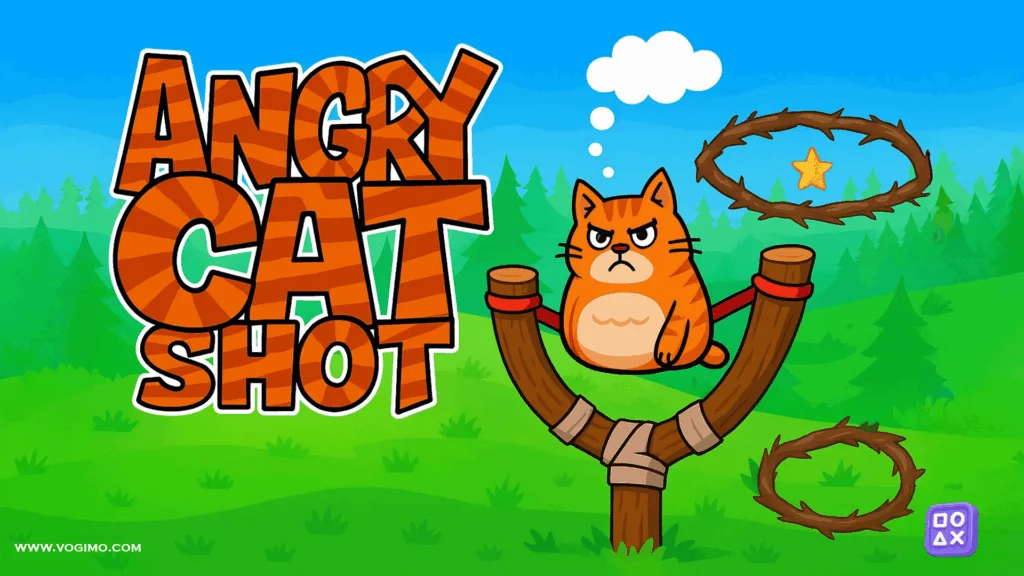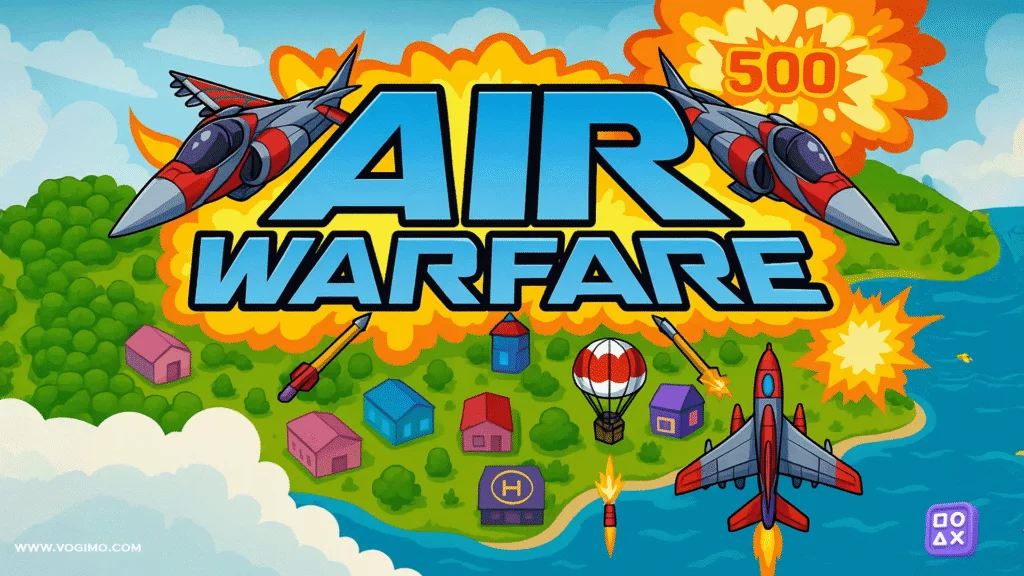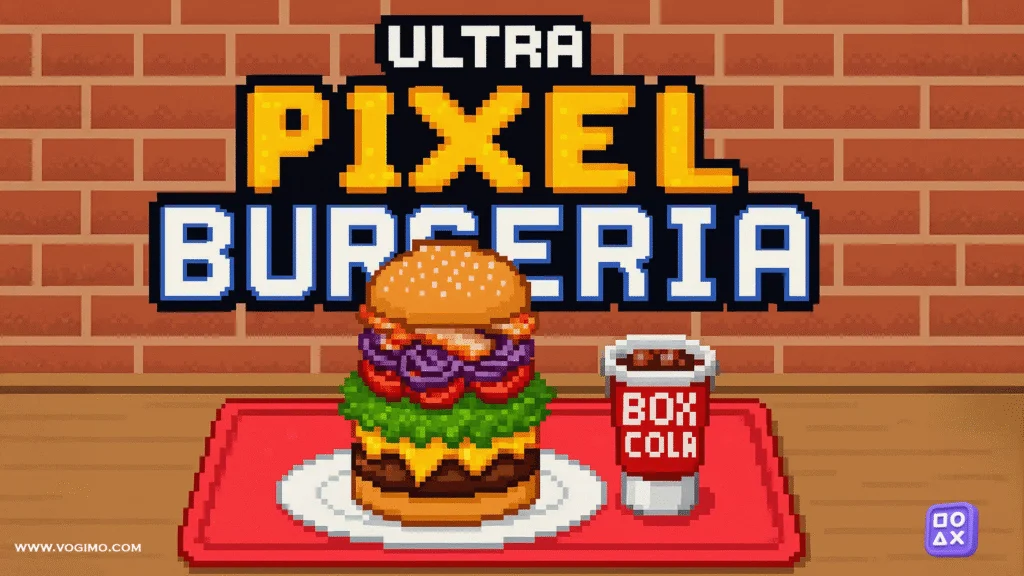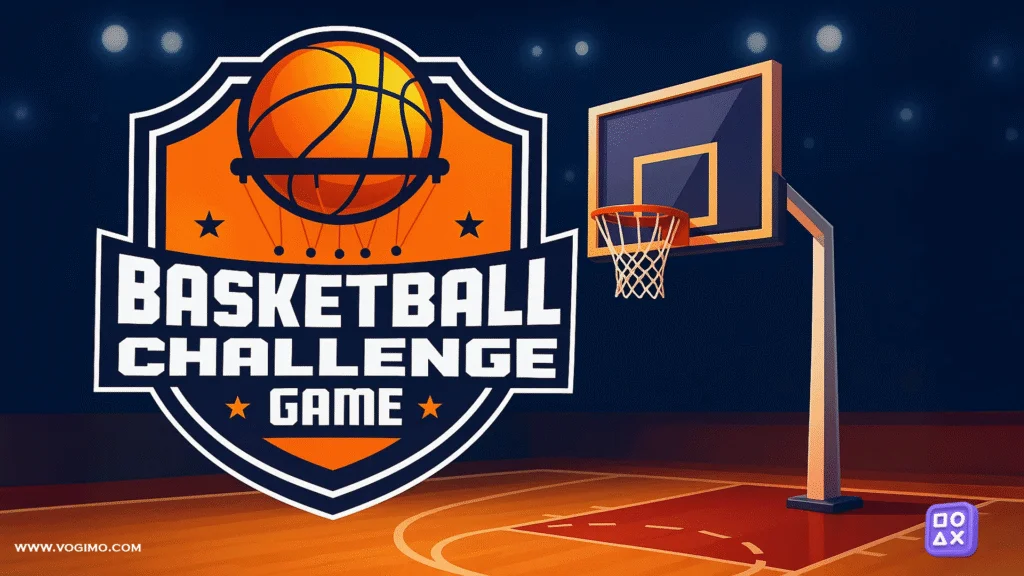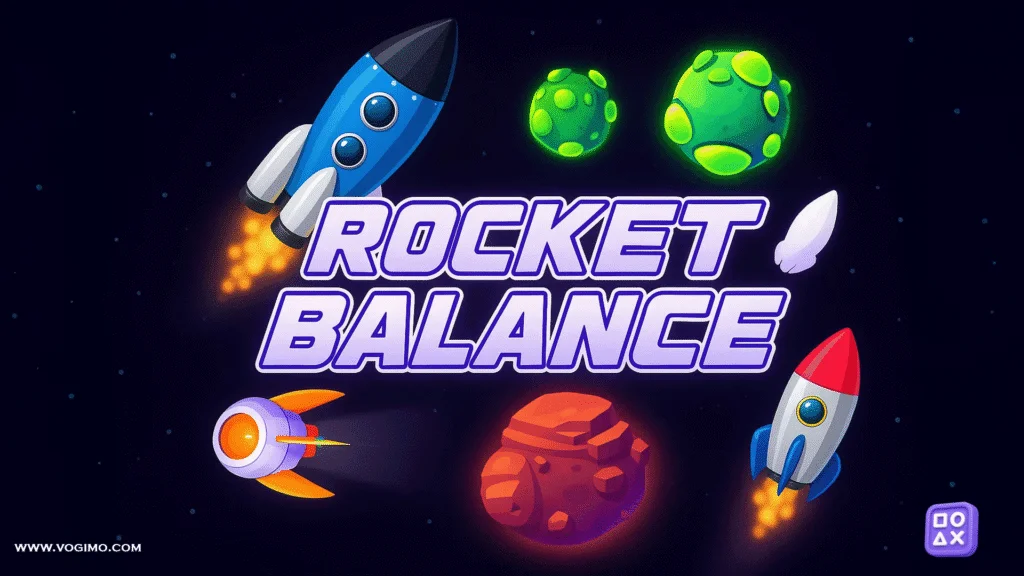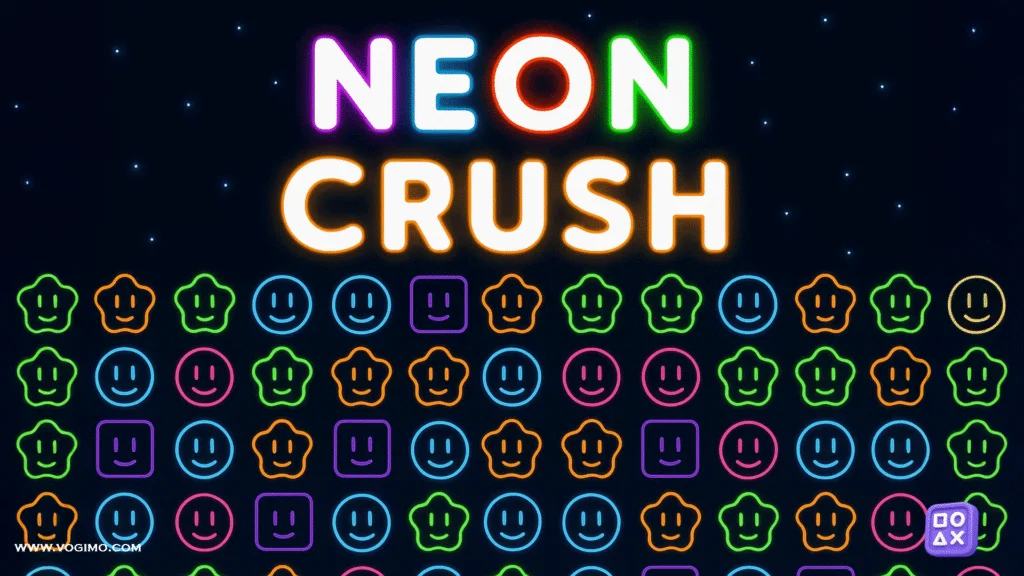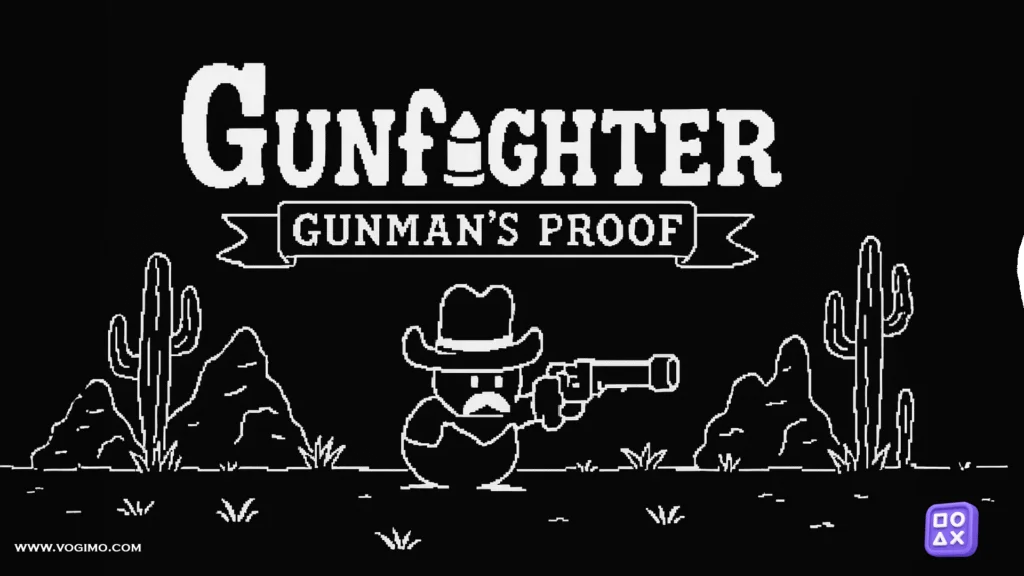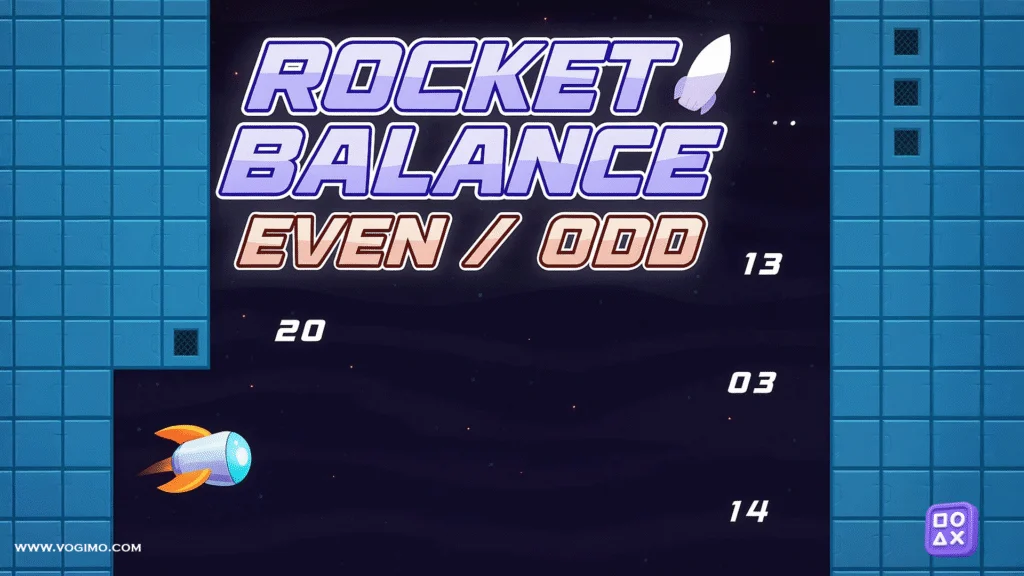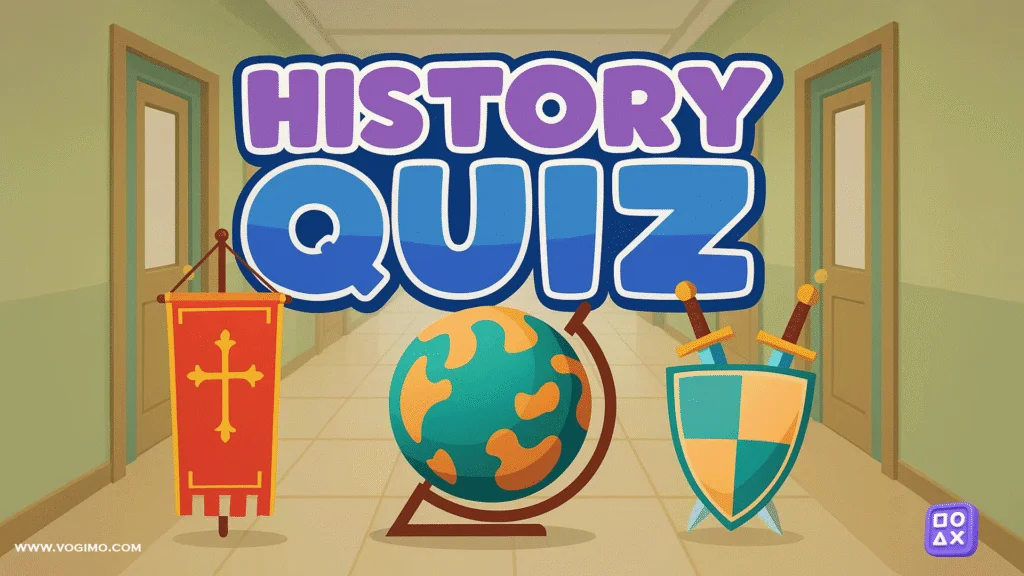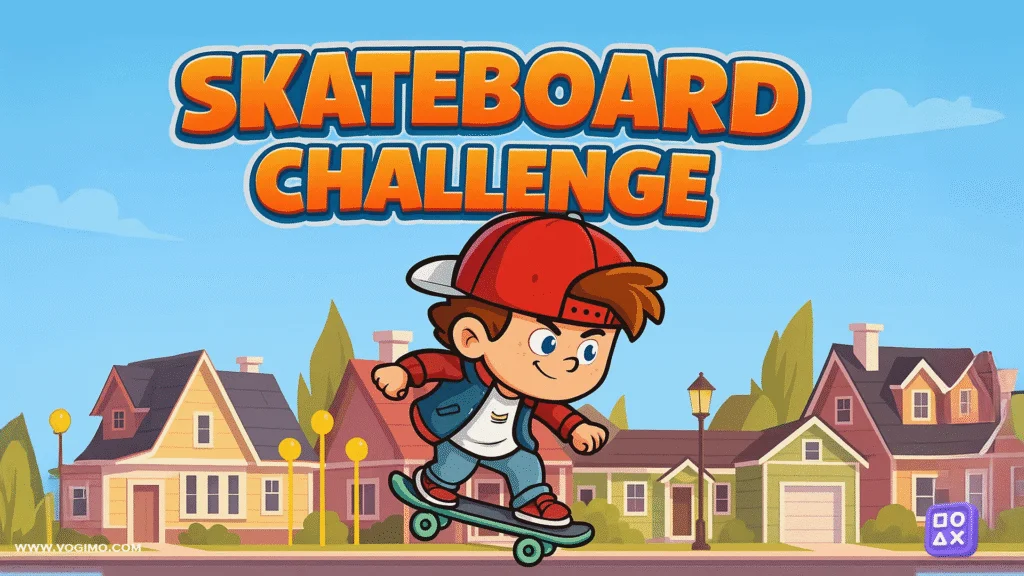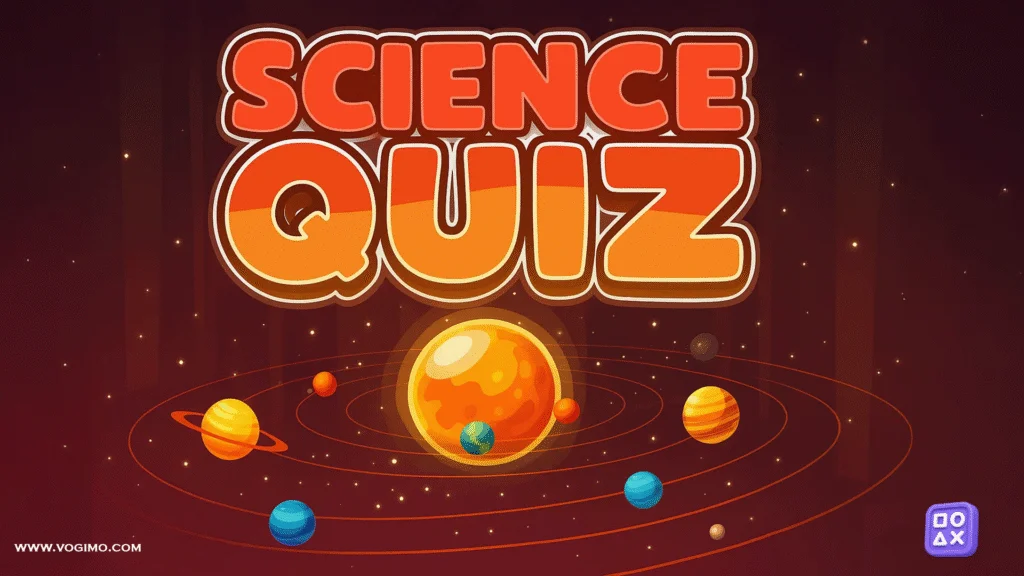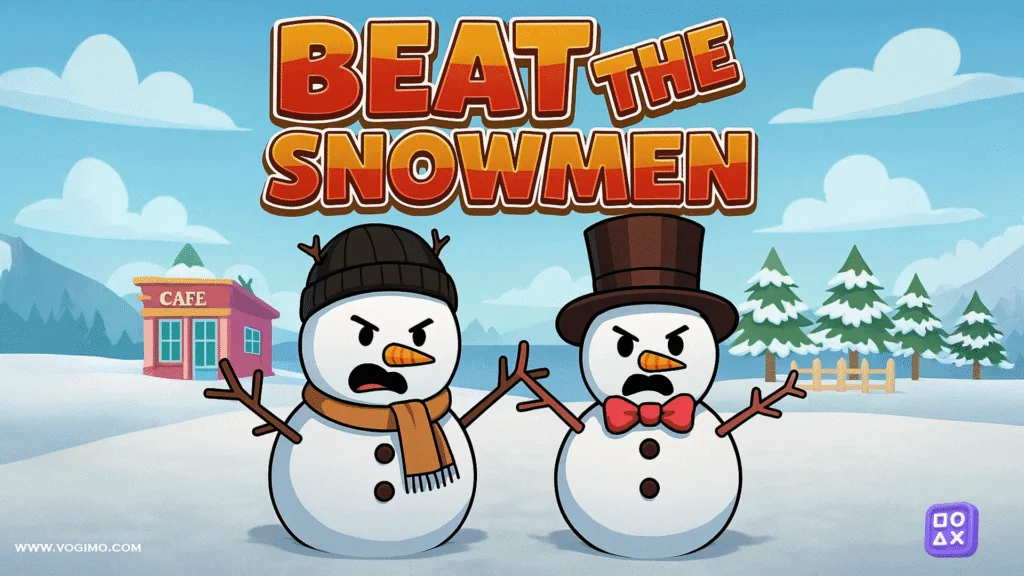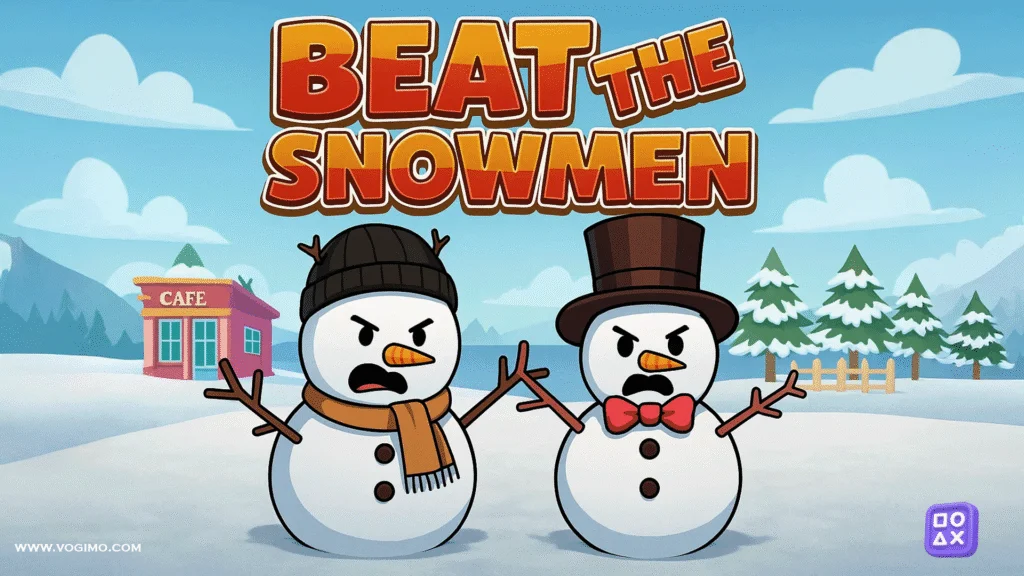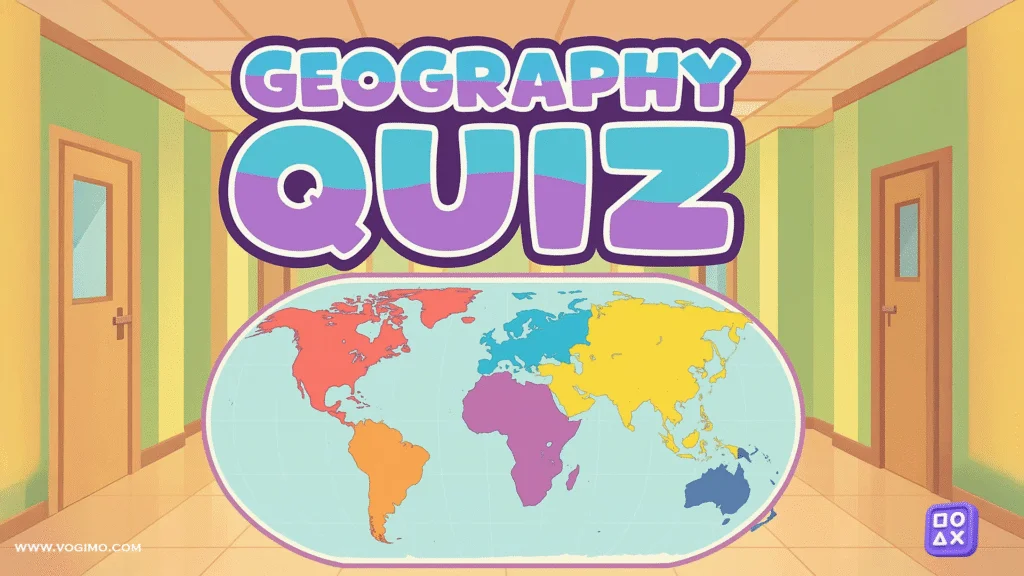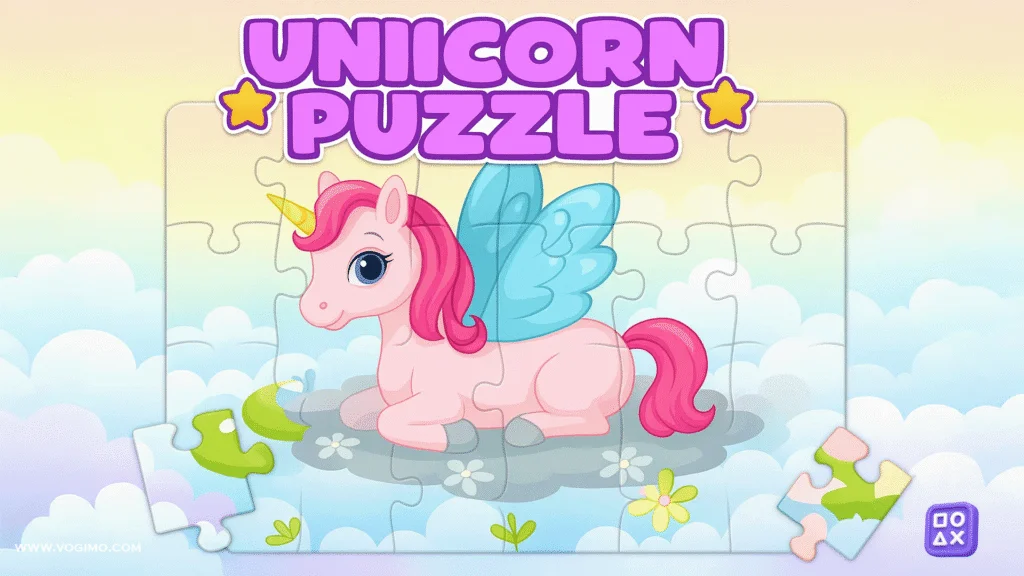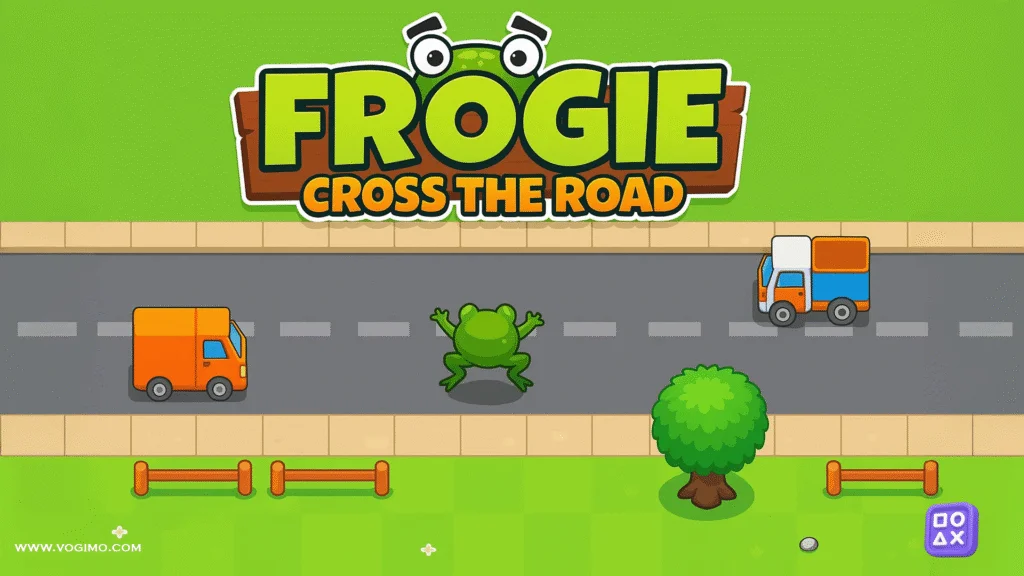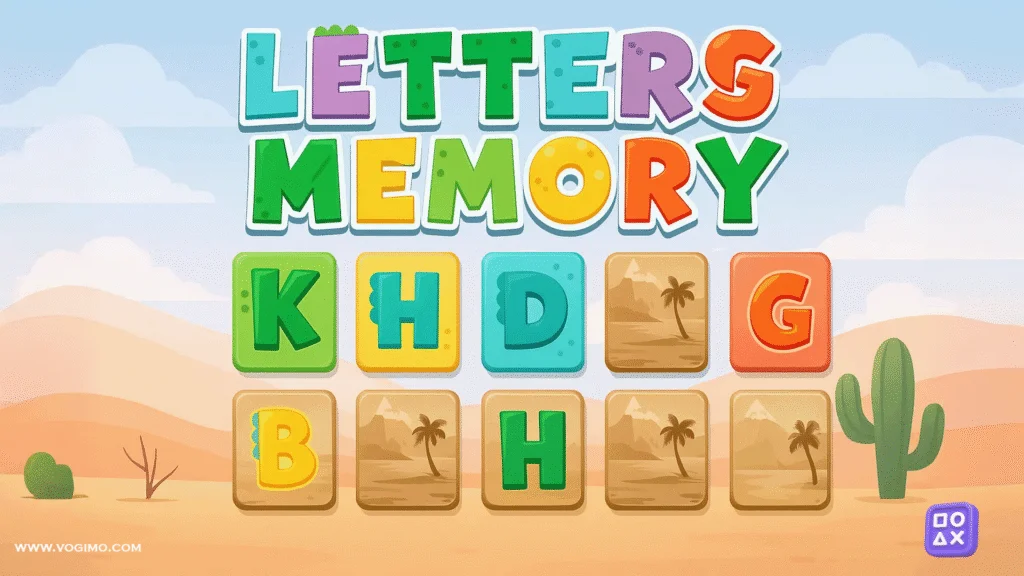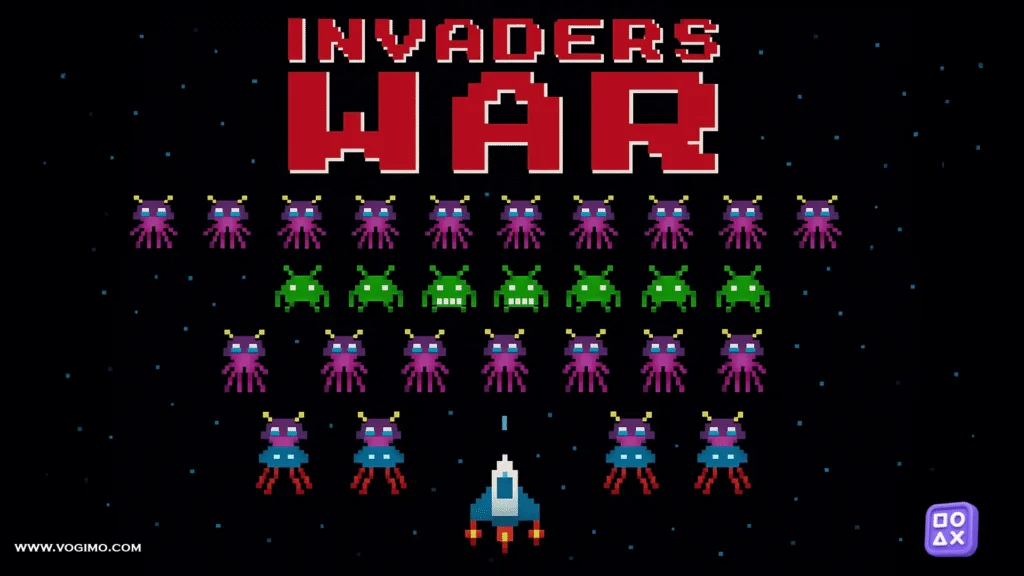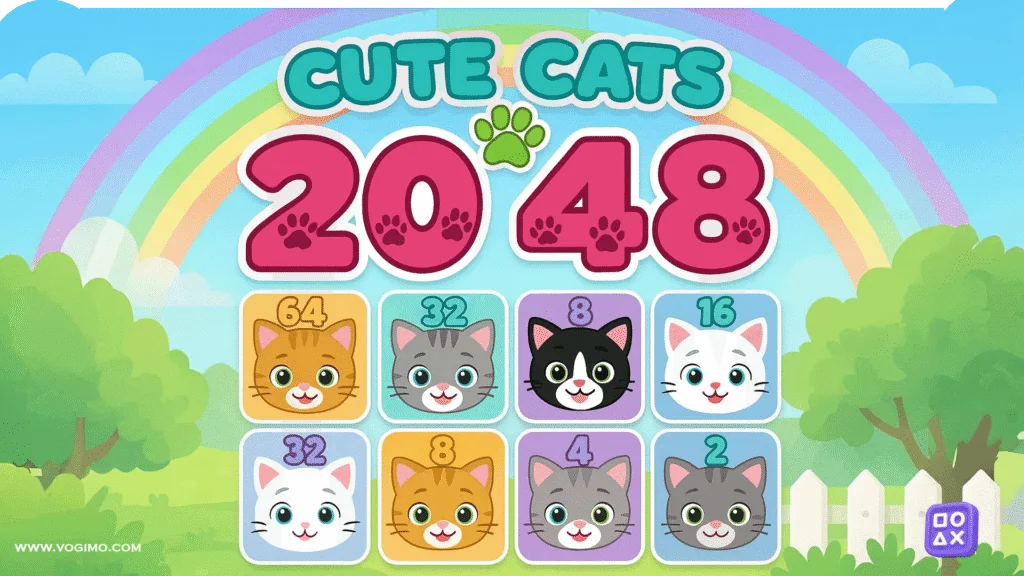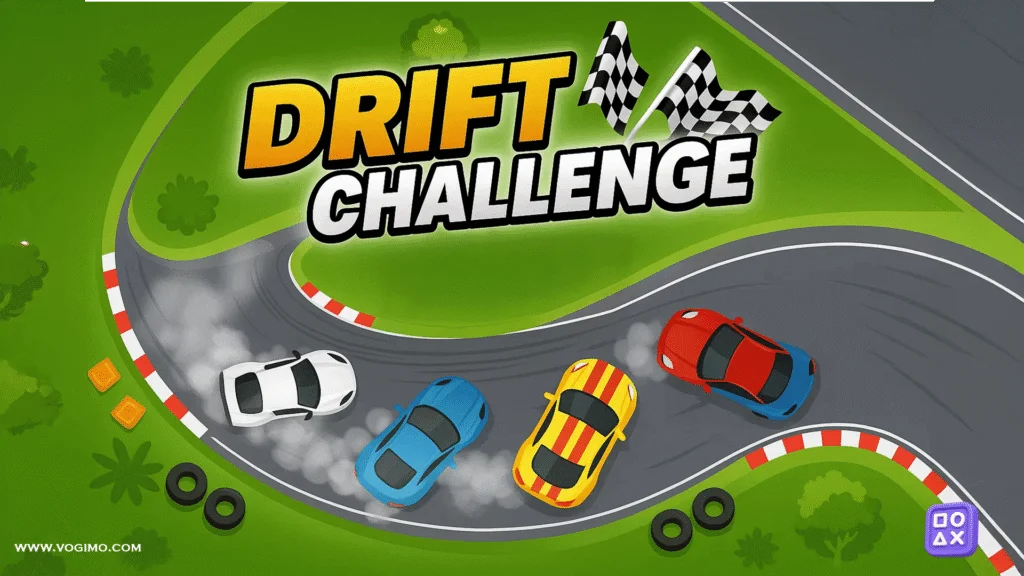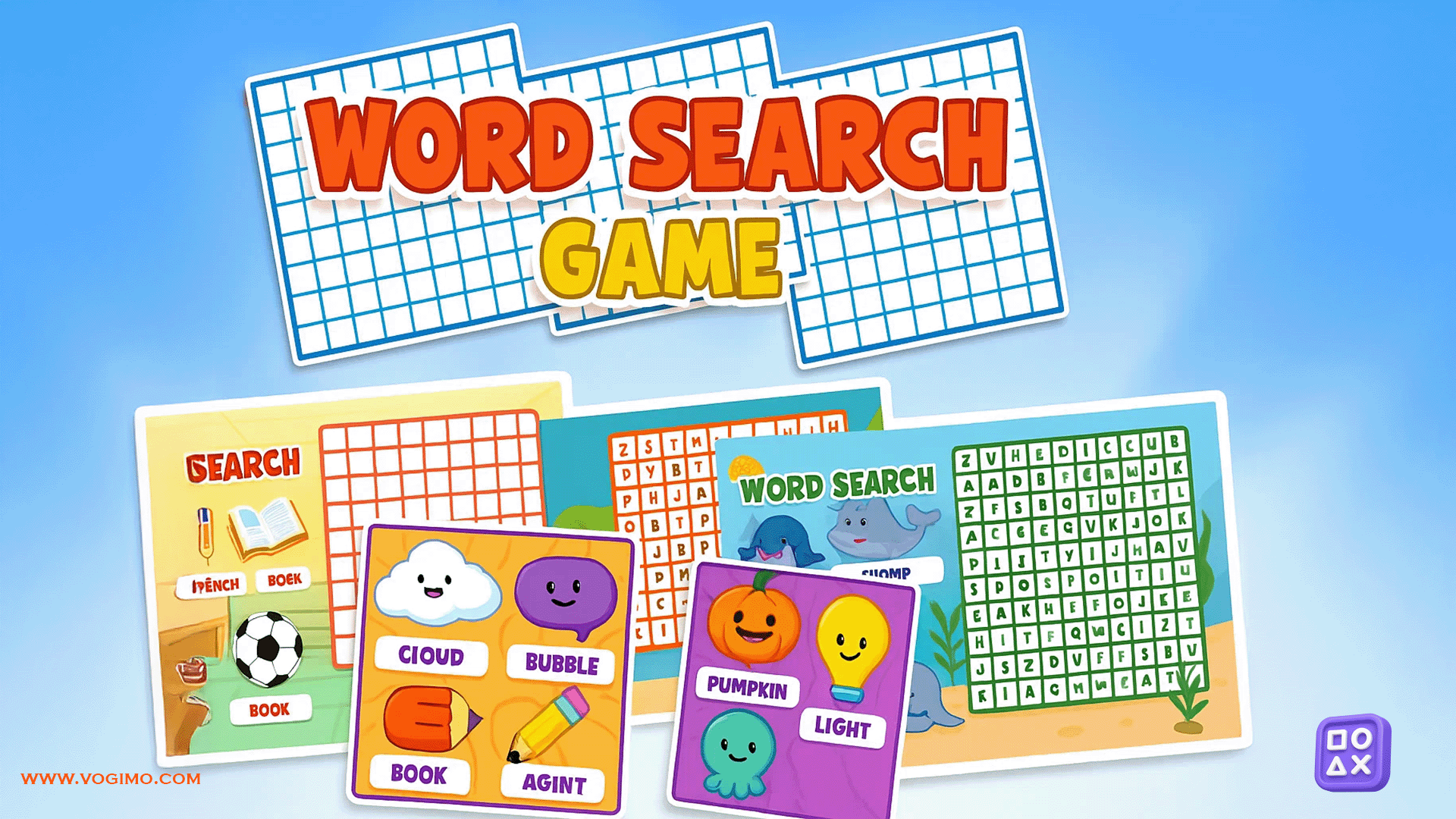Word Search — calm, sneaky, and a little more competitive than anyone admits
Controls:
Desktop: click and drag to trace each word.
Mobile/tablet: touch and slide your finger across the letters.
Short, deliberate strokes register better than one long, wobbly line.
Word Search keeps the premise clean: a grid of letters, a list of targets, and your eyes doing tiny laps until something clicks. It’s built for kids but doesn’t talk down to adults; the grid size scales, the word themes swing from animals to geography, and the satisfaction of finding a long diagonal never really gets old. Depending on the level, words may run across, down, or on the bias—sometimes even backward—which appears to nudge you into scanning patterns instead of guessing. The art is bright without being noisy, which helps when you’re three cups of coffee in and somehow still can’t find “OCEAN.”
Quick tips to score high
- Start with “rare” letters. Z, Q, X, and J act like anchors; build outward from them.
- Sweep by direction. First left→right, then right→left, then vertical, then diagonals.
- Box the first two letters. Spot “AL…”? Freeze the A, test every L around it.
- Chunk long words. Find halves (e.g., “WATER” + “FALL”) and join them in the grid.
- Use negative space. If a crowded cluster has no hits, pivot to the quiet corners.
- Say it softly. Whispering the target (“horizon”) may help lock the shape in mind.
Common mistakes (and fixes)
- Tunnel vision on one area → Force a fast 5-second scan of the entire grid, then return.
- Dragging too fast on mobile → Lift and re-draw in shorter segments; accuracy beats speed.
- Ignoring backward/diagonal rules → Assume all directions are fair game unless a level states otherwise.
- Skipping plurals/tense shifts → If “CLOUD” isn’t there, try “CLOUDS”; same with -ED, -ING.
- Losing track of found letters → Lightly trace with your eyes the path you just cleared; it prevents double-searching the same spot.
Fast facts
- Genre: word search / visual scanning
- Goal: find all list words in the fewest moves or fastest time
- Session length: 1–6 minutes (grid size and difficulty vary)
- Skills: pattern recognition, letter-to-shape mapping, attention control
- Devices: desktop (mouse) and mobile/tablet (touch)
FAQ
Does speed matter more than accuracy?
Usually accuracy. A steady directional sweep beats frantic zigzags, especially on larger grids.
Are words always forward?
Not necessarily. Many word searches include backward and diagonal paths. If you’re stuck, flip your scan order.
Any tips for playing with kids without taking over?
Model the method. Say, “Let’s hunt for a Q” or “Find H near O for ‘HORSE’.” Offer hints; let them draw the line.
What if I keep missing one last word?
Change tactics: search by letter pairs from the target list, or scan the grid for rare letters first.
Want more low-stress word and logic picks? Explore Puzzle Games.
